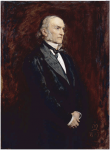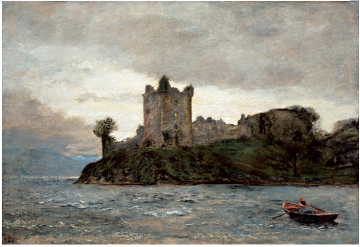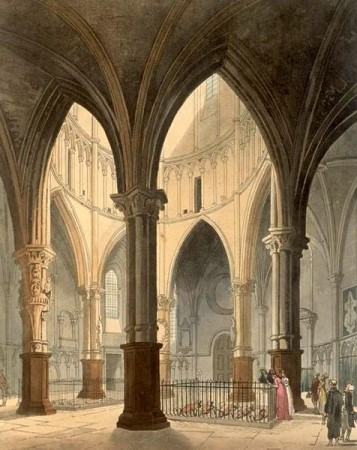 London's most ancient Inns of Court, the Inner and Middle Temples, are celebrating their 400th birthday. They are doing it by letting the hoi polloi in their hundreds tramp through their exclusive acres. One highlight was a talk by Lady Butler-Sloss, former President of the Family Division and some time Coroner to the Princess Diana Inquest. She dismissed the Home Office as hopelessly inefficient and the new Justice Ministry as a thoroughly bad idea which she hopes will be dismantled as soon as possible.
London's most ancient Inns of Court, the Inner and Middle Temples, are celebrating their 400th birthday. They are doing it by letting the hoi polloi in their hundreds tramp through their exclusive acres. One highlight was a talk by Lady Butler-Sloss, former President of the Family Division and some time Coroner to the Princess Diana Inquest. She dismissed the Home Office as hopelessly inefficient and the new Justice Ministry as a thoroughly bad idea which she hopes will be dismantled as soon as possible.
Between the Embankment and Fleet Street lies a complex of buildings and gardens that together form a self-governing liberty, independent of the City of London. Oldest is the 12th century Round Church, built by the crusading knights templar to recall the circular church of the holy sepulchre in Jerusalem. Master of the Church Robin Griffith-Jones was fairly spell-binding in a 30 minute talk on the church's history. The Da Vinci Code got almost as short shrift as the knights templar, once King Philip IV of France decided to find them guilty of urinating on the cross and ritualised sodomy. Griffith-Jones conceded some sections of the order may have been guilty of these crimes, but the sin of the majority was to be part of a highly powerful organisation that acted as royal bankers - and refused Philip IV a loan.
The buildings passed to the Knights Hospitalier and then in 1608 James granted them to the Inns of Court, on condition they maintain the church equally and that they educate and house legal students. The south side of the church is in the care of the Inner Temple, and the other is maintained by the Middle Temple - so that when rival organs were being tried out in 1682 an armed guard had to be maintained to prevent the Inner Temple sabotaging the victorious Middle Temple's instrument, and vice versa.
Sir Walter Raleigh, Dickens, Attlee, Ghandhi and Nehru were all once members here. We visited the chambers of John Cherry QC and were shown the clerk's room and their impressive rolls of red tape (which are in fact pink). I expected Rumpole at any moment.
 The Middle Temple hall has a stunning hammer beam roof begun in 1562 which is 'perhaps the finest example of an Elizabethan Hall in the country'. This is where Twelfth Night was first performed in 1602. Unlike the Temple Church and Inner Temple Hall, the blitz left it relatively unscathed, thanks to fire watchers on constant duty with buckets of sand and brushes to push incendiaries off the roof.
The Middle Temple hall has a stunning hammer beam roof begun in 1562 which is 'perhaps the finest example of an Elizabethan Hall in the country'. This is where Twelfth Night was first performed in 1602. Unlike the Temple Church and Inner Temple Hall, the blitz left it relatively unscathed, thanks to fire watchers on constant duty with buckets of sand and brushes to push incendiaries off the roof.
Though it is modern, the hall of the Inner Temple matches the style of the 18th century structures around it. In the Parliament Chamber, one of the country's most senior former judges spoke about the judiciary and the Inns of Court. There was something surreal about the ease with which we took our seats in this establishment holy of holies. Lady Butler-Sloss must be legal royalty, since she has the clipped accent of the Windsors - but she was far from standoffish. She praised the collegiate structure of the Inns of Court and the tradition of dining and partying together which means judiciary mix equally with barristers and their pupils.
Perhaps because she had noticed that, unusually, she knew few members of her audience, she became mildly indiscreet at question time. The European Courts were championed for their ability to 'trump' the Government and the new Justice Ministry, which attempts to administer courts, prisons and the probation service, was trashed along with the 'hopeless' Home Office. We were told the Mohamed Al Fayed had employed a total of 60 lawyers to work on the Princess Diana Inquest.
For the fascinating surroundings and the warmth of our welcome, an entirely satisfying visit.
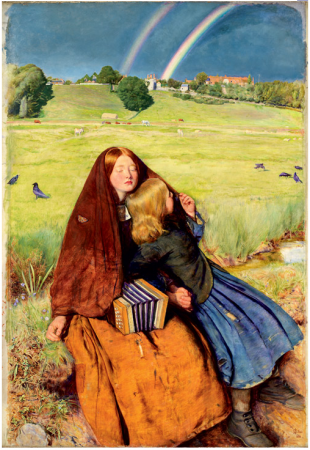
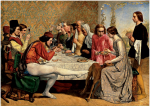
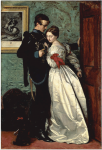
 By 1864 Millais' style had evolved considerably. In 'Leisure Hours' (the quotation marks are the painter's) he has painted the Pender sisters as perfect ornaments, trapped in enforced idleness just as much as the goldfish in the bowl in front of them. The paintwork is a little looser and without distractions. The blank stares and suffocating stillness of the composition all add to the narrative, unlike some of his later portraits of women and children, which contrive to be either sickly sentimental or alienatingly haughty.
By 1864 Millais' style had evolved considerably. In 'Leisure Hours' (the quotation marks are the painter's) he has painted the Pender sisters as perfect ornaments, trapped in enforced idleness just as much as the goldfish in the bowl in front of them. The paintwork is a little looser and without distractions. The blank stares and suffocating stillness of the composition all add to the narrative, unlike some of his later portraits of women and children, which contrive to be either sickly sentimental or alienatingly haughty.
